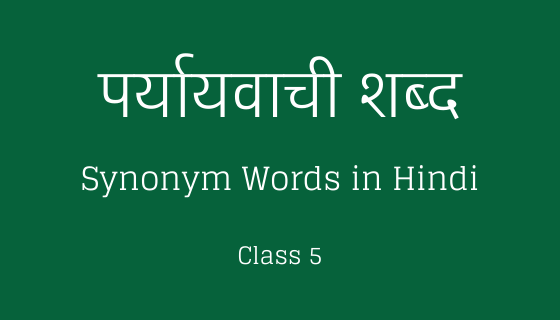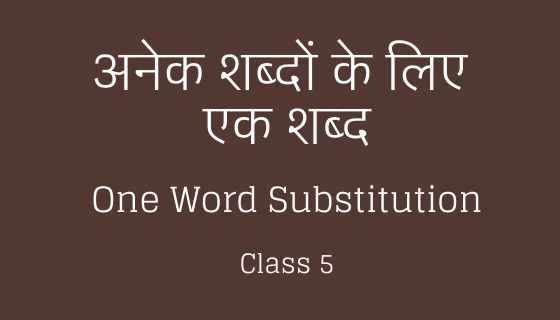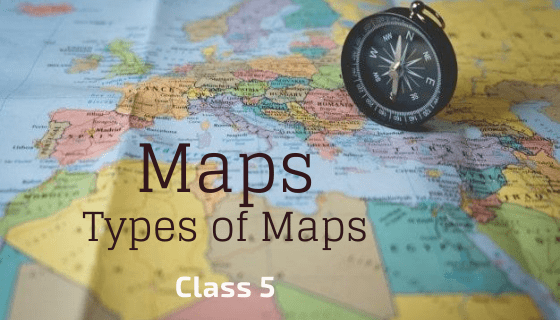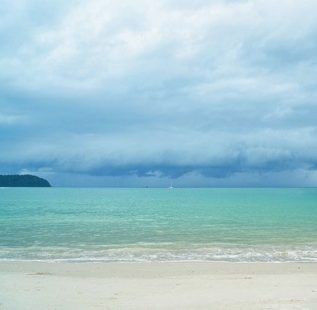India is a democratic country. Democracy means a system of government where people of the country exercise their power to vote and choose their representatives by voting for them in elections. Thus, in India, the Constitution guarantees Fundamental Rights to all the citizens of the country to choose government of their choice.
India has 29 states and 7 union territories. State also means a country that is controlled by one government. The Indian state has government of its own and has many responsibilities or duties towards the people of the state. The Constitution gives the state several powers to carry out these duties. The Constitution has divided these between three different branches as shown below:
| The Indian State | ||
| The Legislature | The Executive | The Judiciary |
| The Legislature makes the laws. These laws have to be fair and should follow the Directive Principles of State Policy. | The Executive makes sure that the laws are properly followed. It also makes policies, which must follow the Directive Principles. | These are the courts. They make sure that laws are properly understood. They also use the laws to decide any disputes that are taken to them for settling. |
Checks and Balances
The Indian system is designed in such a way that the three branches of the Indian state i.e. The Legislative, the Executive and the Judiciary (see the above table), and also the Indian people, can act as a check on each other. To check means to correct something. Balance means that things exist in equal amounts. This makes sure that power is not misused. This is called a system of checks and balances and is a very important part of a democracy.
Federal Structure of Government
India has two types of governments.
The central or union government is the government of the whole country. It looks after the needs, welfare and safety of the people of the country. It has its offices in New Delhi, the capital of India.
Each state of India has its own government which looks after the welfare of the people of that state. In a federal system of government there is division of powers of between the central or union government and the state.
The President or the Rashtrapati is the head of our country, India. The Governor or the Rajyapal is the head of the state.
The Legislature
There are legislatures at the centre as well as in the states. The similarities and differences between them are given in the table below:
| Legislature at the Centre | Legislature in the States |
| The legislature at the centre is called Parliament or Sansad. It has two houses – The Lok Sabha (House of the People) and Rajya Sabha (Council of States). | In most Indian states, legislature has only one house called the Legislative Assembly (Vidhan Sabha). Some states have a second house also called the Legislative Council (Vidhan Parishad). |
| Members are elected to the Lok Sabha and the Rajya Sabha from every part of the country. They are called Members of Parliament (MPs). | Members are elected from all parts of the state. They are called Members of the Legislative Assembly (MLAs). |
|
Powers of the Parliament: |
Powers of the State Legislature: |
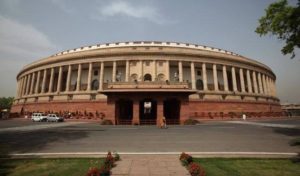
The Executive
The executive branch as mentioned in the above table, is formed at the centre or the states. It is usually referred to as the ‘government‘. After an election to the Lok Sabha or the Vidhan Sabha, the party that has the largest number of MPs or MLAs forms the government. Though the President is the head of the country and the Governor is the head of the state, the actual power is with the government because its members have been elected by the people.
The executive branch is similar at the centre and in the state. The Prime Minister is the head of the government at the centre. The Chief Minister is the head of the government in the state. Both has the power to choose their Council of Ministers.
Important functions of the executive branch (government) at the centre and the states are given below:
- It make sure that the policies of the government are carried out.
- It plan and present laws for discussion and approval to the Parliament or the Vidhan Sabha.
- It prepares the budget and decide the taxes and duties that people or businesses have to pay.
The Judiciary
The structure of the Judiciary system in India is like a pyramid. At the top of the pyramid is the Supreme Court. It is the highest court and is located at New Delhi. Head of the Supreme Court is the Chief Justice of India.
At the middle level of the pyramid are the High Courts. There are 21 High Courts in the country and each has a Chief Justice as its head.
At the lowest level of the pyramid are the District Courts. There are several hundred district courts in India.
The responsibilities of the judiciary are:
- To protect the rights and freedoms of people of the country.
- To deliver justice to the people of the country.
- To explain the meaning of the Constitution when it is not clear.
- To settle disputes according to the law.
Division of Powers between the Centre and the States
The power shared between the Centre and the States are given below:
| A Federal Structure | ||
| Union List | State List | Concurrent List |
| The responsibilities of the Union Government. For example, the railways, the defence of India and foreign affairs. | The responsibilities of the State Government. For example, the police, law and order within the state, and transport and roads within the state. | Responsibilities that are shared by the State Government and the Union Government. For example, education, electricity or forests and wildlife. |
The Union Territories
The union territories are governed directly by the Union Government in the name of the President of India, through an administrator for each union territory. Two union territories – Puducherry and the National Capital Territory of Delhi – have legislature.
Some more important topics of CLASS 5


